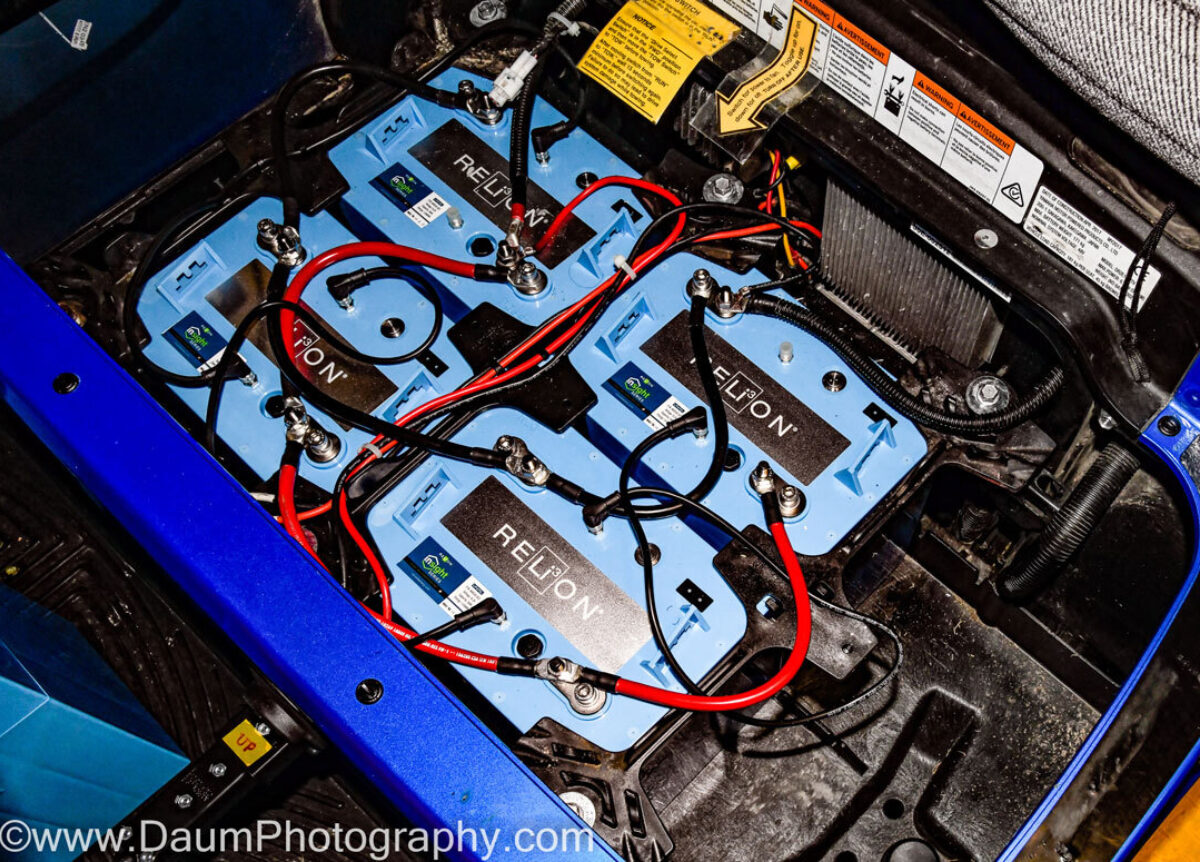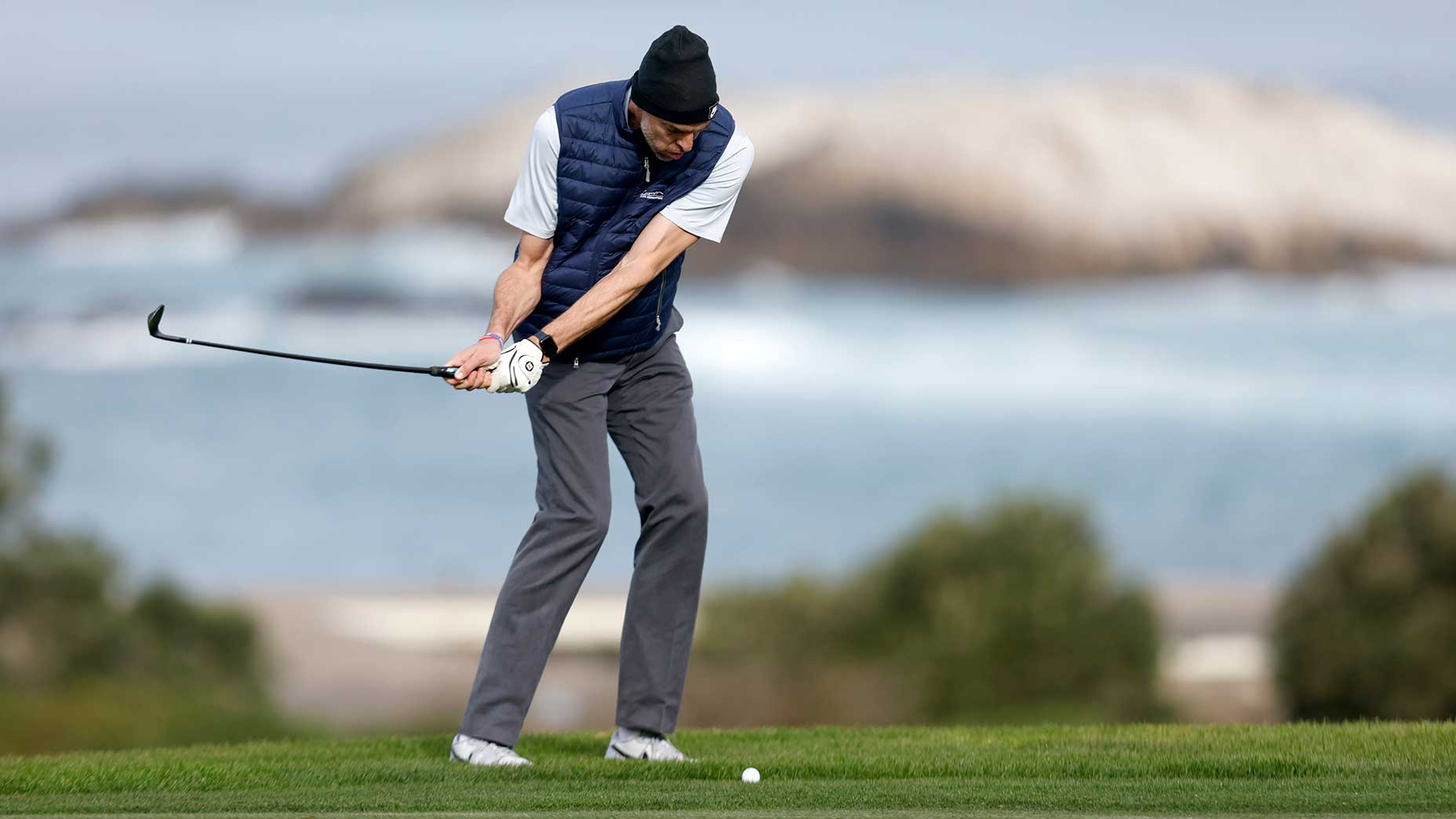Master the Art of Backspinning Golf Chips with These Expert Tips
To put a backspin on a golf ball when chipping, strike the ball with a descending blow and use a high-lofted wedge. Chipping can be a challenging task in golf, especially when you’re trying to put a backspin on the ball.
Successfully putting a backspin on the ball can make the difference between a good and a great shot. Doing so allows you to land the ball softly and stop it on the green, making it easier to control. Creating a backspin involves getting the ball to spin backward while in the air, which requires a specific technique and the right equipment.
In this article, we’ll discuss how to put a backspin on a golf ball when chipping. Remember, practice makes perfect, so don’t be discouraged if it takes a little while to get the hang of it.

Credit: www.theguardian.com
Understanding The Basics Of Backspin For Golf Chips
What Is Backspin In Golf?
Backspin is a crucial technique in golf, helping to generate more control and accuracy when chipping the ball. It is the backward spin given to the ball, which causes it to stop or even reverse the rolling motion. The ball is hit in a way that it rotates backward, creating a backspin that slows its potential moving forward.
The Role Of Backspin In Golf Chip Shots
Backspin plays a critical component in chip shots by allowing the ball to stay on the putting green, coming to an abrupt stop with less rolling. It contributes to more controlled ball flight, making it easier to hit your required distance and aim.
A good backspin can help you achieve the ideal height and trajectory needed for successful golf shots.
- With the proper backspin, the ball can stop or reverse its momentum, making it stay in place.
- It helps to control the distance and direction of the ball throughout the course.
- Backspin produces an increased amount of spin on the ball. This helps when you need to hit the ball high to go over an obstacle or land it at a higher elevation.
- It minimizes the risk of the ball ending up in a difficult spot.
The Science Behind Backspin: The Physics Of Spin
The physics of spin in golf is quite complex. There are multiple factors that play a role in generating ideal backspin when chipping a golf ball. Some of the key concepts and techniques to keep in mind include:
- The loft of the clubface plays a significant role in generating backspin. The higher the loft, the more the potential for backspin.
- The angle of the clubface at impact contributes to the amount of backspin. A downward strike on the ball with an open clubface gives more backspin.
- The speed of the ball’s rotation plays an integral part in generating a backspin. A higher speed of the clubhead results in more spin.
- Backspin helps to create a cushion of air underneath the ball, which can improve lift and result in an increased distance.
By utilizing these techniques effectively, it’s possible to generate the ideal amount of backspin when chipping a golf ball and improving your overall game.
Factors Affecting Backspin On A Golf Ball
Golf players aim for the perfect backspin on a golf ball when chipping to help control the ball’s flight and landing. Here are the key factors affecting backspin on a golf ball:
The Type Of Club Used For Chipping
The different chipping clubs used for different shots affect the ball’s flight and spin. For example, a high-lofted club such as a wedge generates more spin than a lower-lofted iron, like a 7-iron.
- Wedges such as a pitching wedge, sand wedge, or lob wedge generate more backspin than other clubs since the ball stays on the clubface for slightly longer.
- Clubs with less loft like 8-iron and 9-iron generate less backspin.
The Clubhead Speed And Angle Of Attack
The speed of the club head and the angle of attack with the ball affects the ball’s spin, besides the clubface’s loft angle.
- A higher clubhead speed generates more backspin and a greater distance with the ball.
- The angle of attack is the vertical angle of the club head when it strikes the ball. Hitting down on the ball creates more spin, whereas hitting up reduces spin.
Weather Conditions And The Type Of Surface
Weather and course conditions can significantly affect backspin. Here are a few things to keep in mind:
- Wind plays a crucial role. A headwind reduces backspin, while a tailwind helps you produce more spin.
- Moist conditions increase the spin, while hard surfaces like hardpan and tight lies on the fairway reduce it.
- The rough has an unpredictable effect on the spin, depending on its length and thickness.
Practice is key to mastering the art of backspin on a golf ball. Understanding these factors and how they affect spin can help you improve your game and get closer to that perfect chip every time.
Tips And Techniques For Generating Backspin On Golf Chips
How To Put Backspin On A Golf Ball When Chipping
As any golfer knows, when you’re able to put a backspin on a golf ball, it can add an extra layer of control and accuracy to your shots. This is especially valuable when chipping, as it allows you to get the ball closer to the pin and reduce the chances of overshooting the green.
We’ll explore some tips and techniques for generating backspin when chipping.
Proper Setup And Stance For Generating Backspin
Before you focus on generating backspin, it’s crucial to make sure that your setup and stance are correct. Proper alignment and balance will help you generate more power and allow you to control the spin on your golf chip shots.
Here are some tips to follow:
- Position the ball in the center of your stance
- Open the stance slightly (aim your feet to the left of your target if you’re a right-handed golfer)
- Lean the shaft of your club forward, so your weight is slightly on your front foot
- Keep your hands slightly ahead of the ball at the address
Adjusting Clubface Angle For Optimal Spin
The angle of your clubface at impact is a significant factor in how much backspin you can generate. You need to ensure that you strike the ball with a slightly open clubface. Here are some tips for adjusting the clubface angle to hit your chip shots with backspin:
- Align your clubface so that it is pointing slightly outward at the address
- As you take your backswing, rotate the clubface slightly open
- As you come down into the ball, make sure the clubface is still pointing slightly outward
- Continue rotating the clubface through to impact and beyond, so it points to the sky after impact
Tips For Controlling The Spin On The Ball
Now that you have an understanding of the proper setup and how to adjust your clubface angle, let’s look at some additional tips for controlling the spin:
- Make sure your strike the ball cleanly and hit the ball first rather than taking a big divot
- Use a high bounce wedge to add friction between the ball and the clubface
- Allow your hands to release fully through the shot, but be sure to keep your wrist flat
- Focus on tempo and rhythm rather than trying to muscle the ball
By following these tips and techniques, you can add backspin to your golf chip shots, giving you more control and accuracy around the greens. Remember, practice makes perfect, so don’t be afraid to experiment with different techniques and find what works best for you.
Practicing And Improving Your Golf Chip Shots
Putting a backspin on a golf ball while chipping is a skill that can take your game to the next level. Not only does it look impressive, but it can also help you control your ball’s roll on the green. If you want to master this technique, it’s essential to practice regularly and use the right ball.
Here are some tips for improving your golf chip shots:
Importance Of Practice In Mastering Backspin
When it comes to mastering backspin, regular practice is key. By practicing consistently, you can develop the muscle memory needed to execute the shot correctly. Additionally, practicing can help you become more confident in your ability to put a backspin on the ball, which can reduce your overall score.
Make sure you practice on different types of turf, as this can help you understand how the ball reacts to different surfaces.
Drills For Improving Your Spin Control
To improve your spin control, there are several drills you can try. One effective drill involves placing a bucket or hoop on the green and trying to chip the ball into it with a backspin. Another drill is to place a towel on the green and try to land the ball on the towel with a backspin.
These drills can help you develop your touch and feel for the shot, which can translate to better spin control on the course.
Finding The Right Ball For Your Chipping Game
When it comes to putting a backspin on the ball, the type of ball you use can make a significant difference. Look for balls with a soft cover, as this can help you generate more spin. Additionally, consider using a ball with a higher compression rating, as this can give you more control over the shot’s trajectory.
Finally, experiment with different brands and models to find the ball that works best for your game.
By practicing regularly, trying drills, and using the right ball, you can improve your spin control and put a backspin on your chip shots like a pro. With these tips, you’ll be able to take your chipping game to the next level and lower your overall score.
Frequently Asked Questions Of How To Put Backspin On A Golf Ball When Chipping
How Do I Put Backspin On A Golf Ball When Chipping?
To put a backspin on a golf ball when chipping, choose the appropriate club, open the clubface, lean forward, and strike the ball with a descending blow.
What Kind Of Golf Ball Produces The Most Backspin?
A softcover ball produces the most backspin, which allows for more control over distance and direction when chipping.
What Are Some Common Mistakes When Trying To Put Backspin On A Golf Ball?
Common mistakes when trying to put a backspin on a golf ball include using too much force, not hitting down on the ball, and not striking the ball with the club’s grooves.
Conclusion
Putting a backspin on a golf ball when chipping can be achieved through proper technique, proper club selection, and practice. By following these steps, you can give yourself a greater chance of getting closer to the hole and improving your overall score.
Keep in mind that consistency is key when it comes to golf, so be patient and persistent in your efforts. Remember to focus on your stance, aim, and swing to get the best possible outcome. With the right amount of practice and persistence, you can master this skill and become a more skilled and confident golfer.
So get out there, practice your technique, and reap the rewards of a beautifully spun golf ball on the green.



